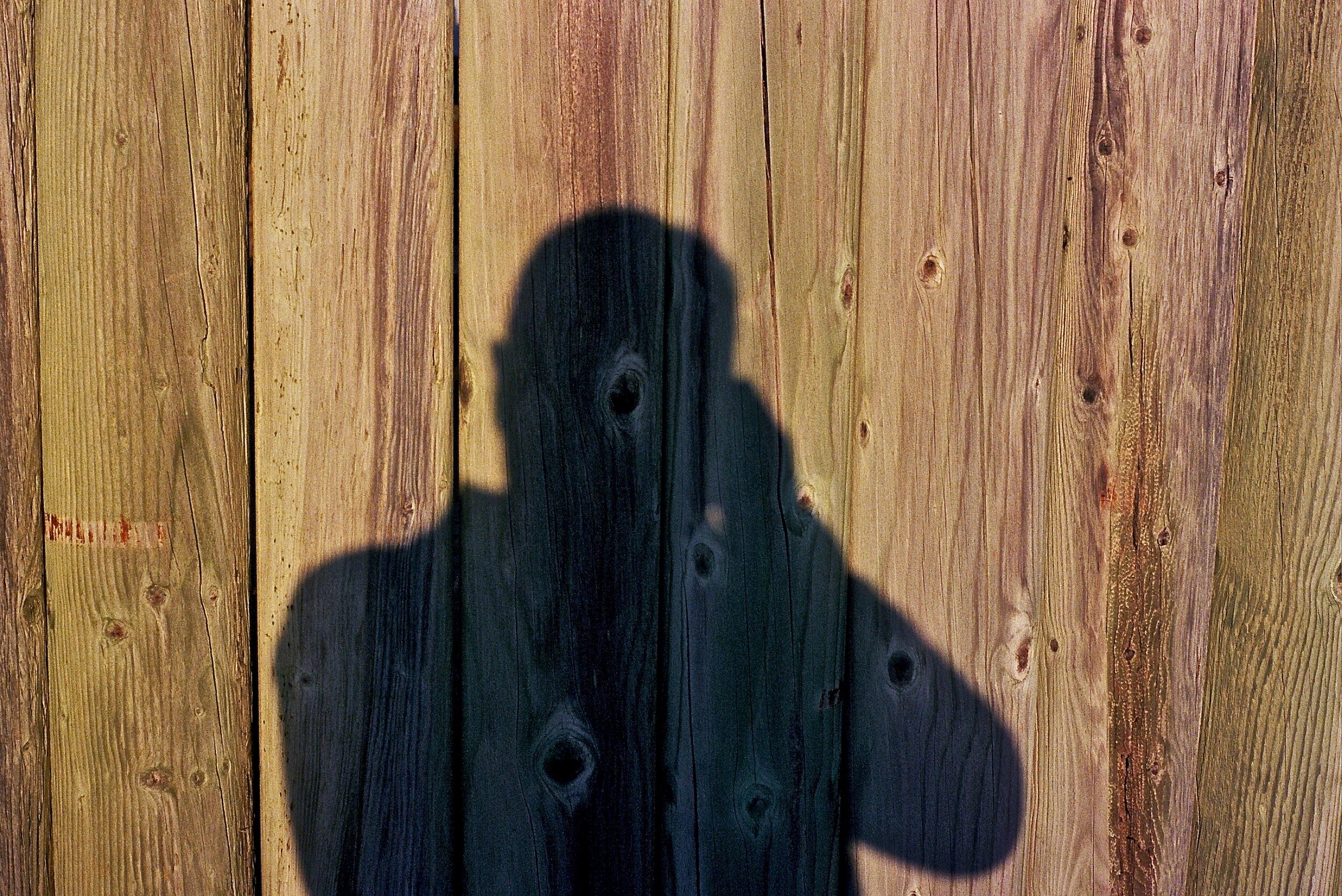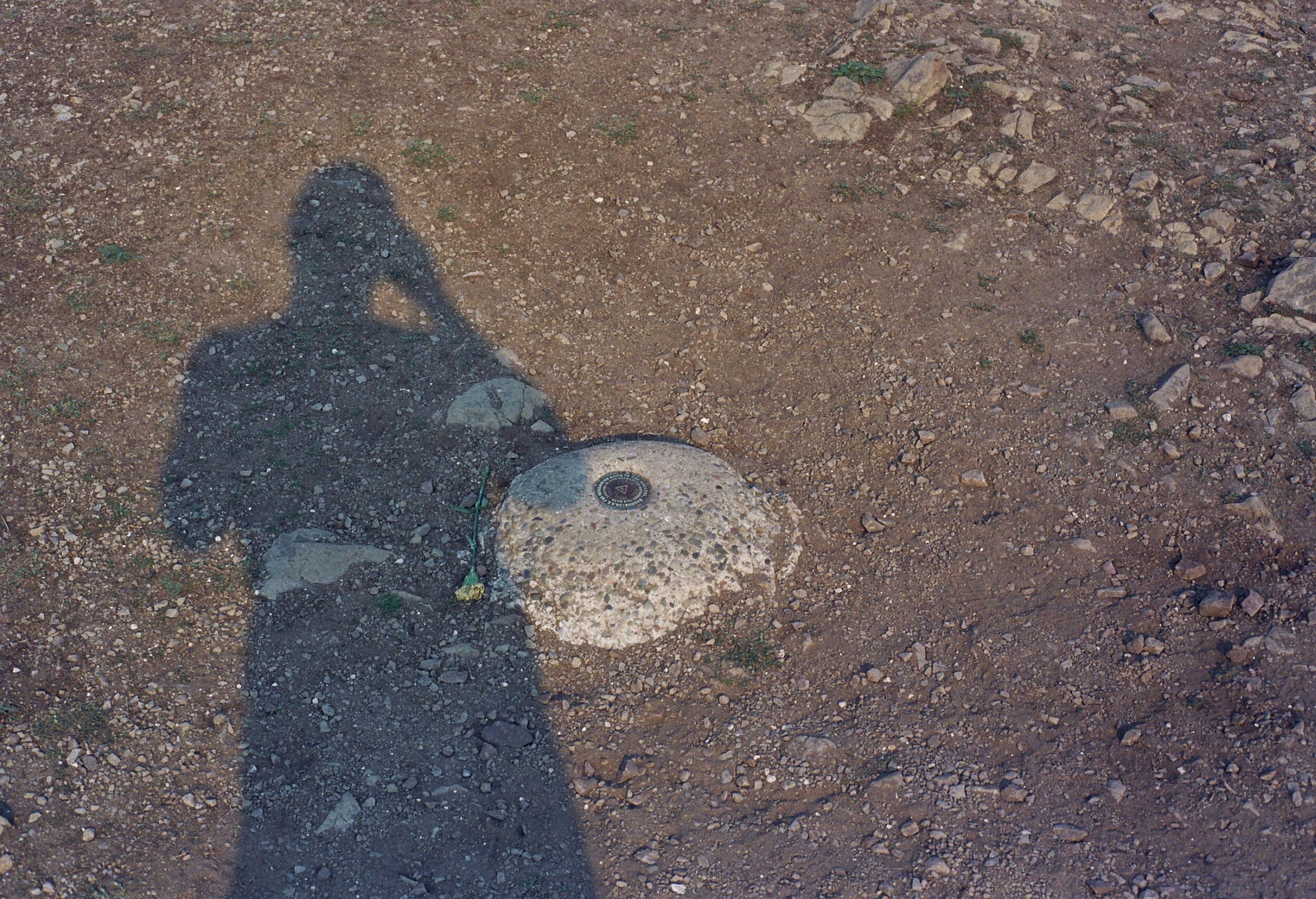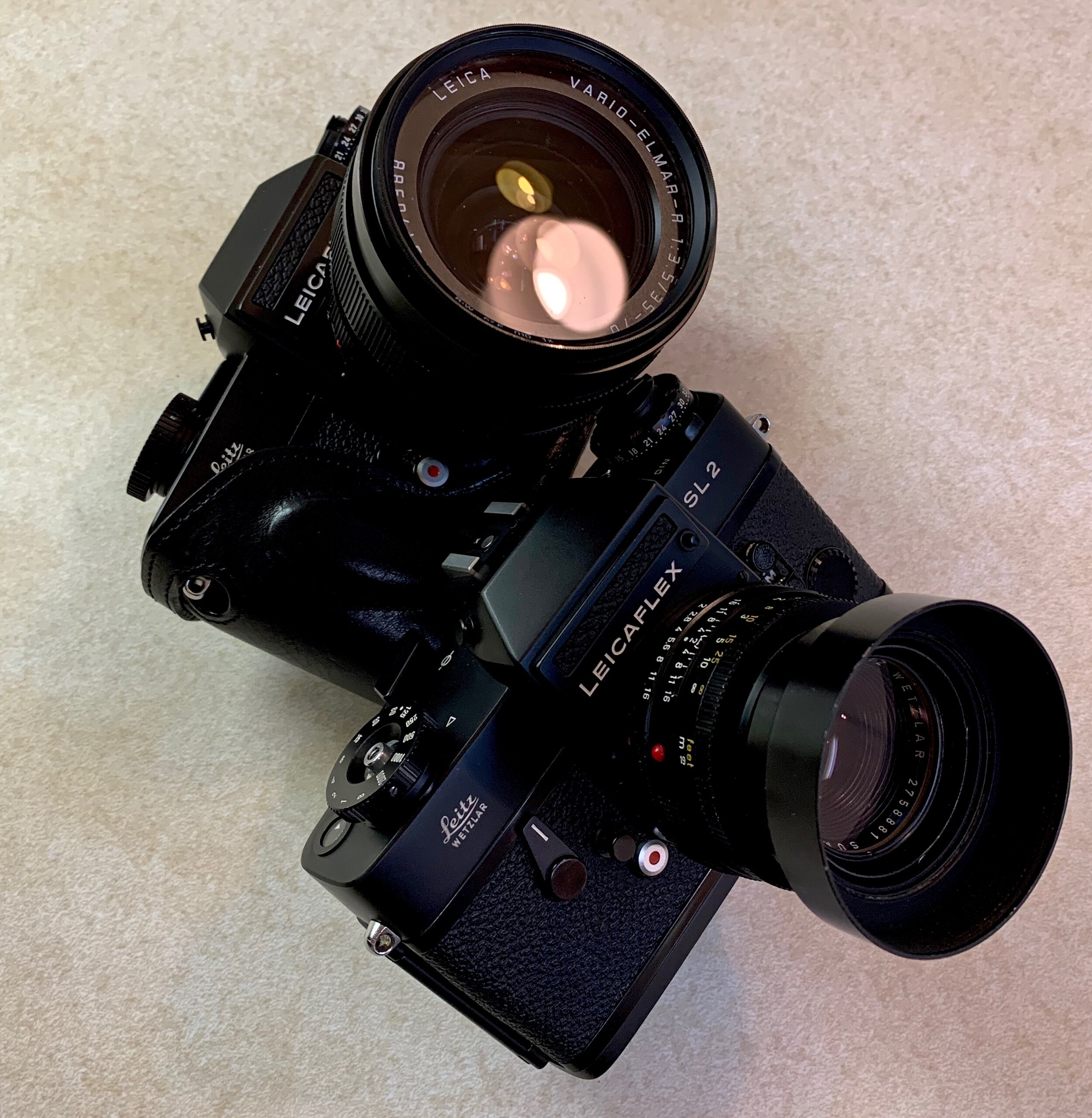The Leica R7
I didn’t like the first Leica R camera I tried seven or eight years ago. I was shooting mostly with my Sover Wong serviced Nikon F2 at the time and I unfairly compared every camera I tried to Nikon’s mechanical masterpiece. Coupled with the fact that at the time I had really not even ventured too far out of the Nikon world, the Leica SLR did not get its fair shake. Now, with some years and many different brands and models of cameras under my belt, I have learned that sometimes it is worth taking a second look at a camera I disliked the first time around.
Such is the case with the R cameras. Dismissed and nearly forgotten until James Tocchio wrote a piece on Casual Photophile about the Leica R5. After reading his Martha’s Vineyard Leica R5 piece, I was intrigued and dropped him a note mentioning that if he ever wanted to sell his R5, I would be interested. He was and I did.
Shooting that R5 was a different experience than I had remembered from the earlier meeting. This time, the Leica felt substantial yet refined with a big beautiful viewfinder and great ergonomics. There were multiple exposure and metering modes. And those amazing Leica R lenses!
The R5 prompted me to buy the mechanical everything R6. I love my R6 and when an online photo friend offered me his R4s MOD-P, I snapped that up as well. I’ve probably shot the R4s more than any other camera during the last six months—just feels great in the hand and I have had some pleasing results from shooting it in aperture-priority mode with the 60mm Macro-Elmarit lens. Love, love that lens!
As most everyone who shoots old film cameras knows, one leads to two and two leads to ten. So for no reason other than I wanted one, I went looking for the last of the traditional bodied Leica R cameras—the R7.
The R7’s production run was 1992-1997. It’s a full featured camera with two metering modes; “selective” or spot metering and “integral” or full frame. Exposure modes include manual, shutter-priority, aperture-priority and program mode. Like all of the Leica R cameras, it offers a big, brilliant viewfinder that covers 92% of the frame. There’s built in diopter correction and for the first time ever in a Leica SLR, digital display of shutter speed in the viewfinder and automatic DX film sensitivity. The R7’s body is a bit larger and heavier than previous models to allow for added electronics. All this 1990s technology also requires a 6V power source.
The R7 I found is in very nice condition and came in one of those fancy Leica presentation cases. I’m shooting it now with a roll of Kodak Ektar 100. A user review and photos coming soon.
The Leica R series cameras were produced in cooperation with Minolta. The R7 was the last camera in the line to have any association with the Japanese camera maker. The R8 (1996) and the R9 (2002) would be designed and built entirely by Leica. These last two film cameras from Leica are radically different in design. Some say you either love the look or hate the look. Right now, I am not motivated to try either…but you know how that goes! :-)























































































































































